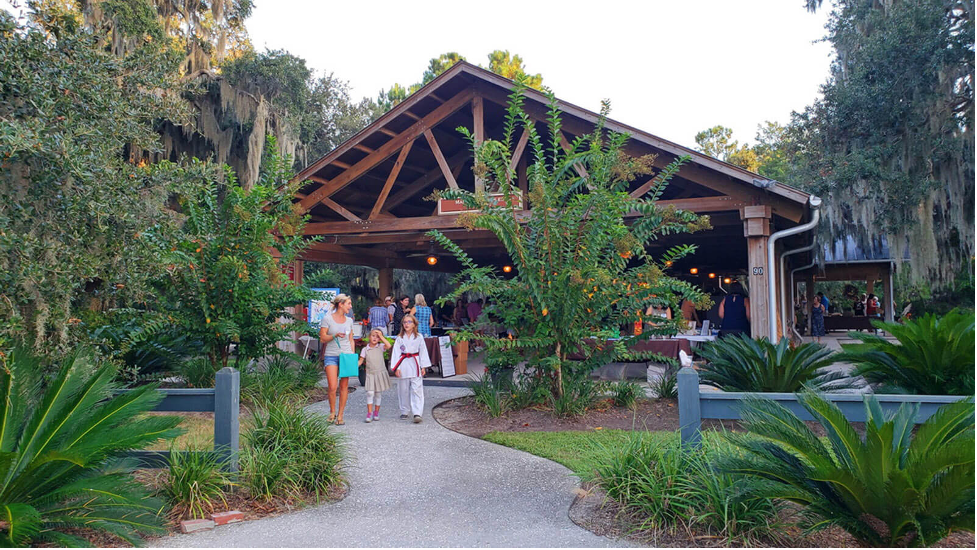Where Land Meets Sea: The Coastal Discovery Museum and the Architecture of Environmental Stewardship
On Hilton Head Island, where the Lowcountry’s maritime forests meet salt marshes that have shaped human settlement for millennia, stands a building that represents a new chapter in South Carolina’s relationship with its coastal environment. The Coastal Discovery Museum at Honey Horn, completed in 2007 by McMillan Pazdan Smith Architecture, demonstrates how contemporary design can serve both educational mission and environmental stewardship while honoring the cultural landscape of the Sea Islands.
The story of this museum begins not with architectural ambition but with ecological responsibility. Built on the historic Honey Horn Plantation site, the museum occupies land that has witnessed centuries of human interaction with the coastal environment—from Native American settlements through rice cultivation to modern resort development. Rather than imposing a monumental structure on this sensitive landscape, the architects adopted a strategy of gentle intervention, allowing the building to emerge from and integrate with its natural surroundings.
McMillan Pazdan Smith’s design philosophy for the museum reflects what environmental historians call “the new regionalism”—an approach to architecture that draws inspiration not from stylistic traditions but from ecological systems and climate patterns. The building’s low-slung profile and earth-toned materials enable it to blend into the landscape rather than dominate it. At the same time, its orientation and fenestration patterns respond to prevailing winds and solar angles that have shaped Lowcountry building traditions for generations.
The museum’s most innovative feature is its living roof system—a green roof planted with native grasses and sedums that not only provides insulation and stormwater management but also demonstrates sustainable building practices to the museum’s visitors. This is architecture as environmental education, where the building itself becomes part of the interpretive program, teaching visitors about the delicate balance between human habitation and coastal ecology.
Inside, the museum’s galleries flow seamlessly from interior to exterior spaces, with large sliding doors that can open entire walls to the surrounding landscape. This permeability reflects the museum’s mission to connect visitors with the natural world rather than isolating them from it. Exhibition spaces are designed to accommodate both permanent displays about Lowcountry ecology and rotating exhibitions that explore the region’s complex cultural history.
What makes this project particularly significant in South Carolina’s architectural heritage is its representation of a maturing understanding of the relationship between built and natural environments. Unlike the resort architecture that has dominated Hilton Head’s development since the 1960s—buildings that often ignored local climate and ecology in favor of imported architectural styles—the Coastal Discovery Museum demonstrates how contemporary architecture can be both thoroughly modern and deeply rooted in place.
The building’s LEED Gold certification underscores its commitment to environmental performance, but its actual achievement lies in how it models a new approach to coastal development. In a region increasingly threatened by sea-level rise and extreme weather events, the museum demonstrates how buildings can work in harmony with natural systems rather than against them.
Perhaps most importantly, the Coastal Discovery Museum represents architecture’s role in fostering environmental consciousness. By creating a building that embodies the ecological principles it teaches, the museum demonstrates that sustainable design is not merely a technical challenge but a cultural imperative—one that South Carolina’s architects and builders must embrace as they shape the state’s future.
The Coastal Discovery Museum at Honey Horn received the 2008 AIA South Carolina Merit Award and serves as a model for sustainable museum design in coastal environments.


